Personalization in content marketing hinges on the precise implementation of data collection, integration, and algorithm deployment. While strategic frameworks set the stage, the technical execution determines whether personalization efforts translate into meaningful engagement and conversions. This article provides a comprehensive, actionable guide to implementing effective, scalable personalization tactics rooted in data science and system integration, addressing common pitfalls and advanced considerations.
1. Establishing a Robust Data Infrastructure for Personalization
a) Integrating CRM and CMS Systems for Seamless Data Flow
Effective personalization begins with a unified data ecosystem. Start by selecting a CRM platform (e.g., Salesforce, HubSpot) and a CMS (e.g., WordPress, Drupal, or custom solutions) that support API integrations. Use middleware tools like MuleSoft or Zapier to automate data synchronization. For example, establish real-time API calls to push customer behavior data from your website into your CRM, ensuring that customer profiles are continually updated with recent interactions.
| System | Integration Method | Key Considerations |
|---|---|---|
| CRM (e.g., Salesforce) | REST API, Webhooks | Ensure real-time sync for behavioral data; handle API rate limits |
| CMS (e.g., WordPress) | REST API, Plugins | Use custom plugins or headless CMS architecture for better data integration |
b) Setting Up Tagging and Tracking Mechanisms for Behavioral Data
Implement a comprehensive tagging strategy using tools like Google Tag Manager (GTM). Define specific tags for key user actions: clicks, scrolls, form submissions, and time on page. Use trigger conditions to capture contextually relevant data, such as device type, referral source, and session duration. For example, deploy custom data layer variables that record user interactions and send this data via GTM to your data warehouse or directly into your CRM via API calls.
Tip: Use data layer variables in GTM to capture dynamic user attributes and events, then push them to a centralized analytics platform for real-time processing.
c) Building and Deploying Personalization Algorithms with Rule-Based Logic
Develop rule-based algorithms that leverage collected data. For example, create a logic engine that triggers personalized content if a user has visited a product page more than twice and previously abandoned a cart. Use server-side scripting (e.g., Python, Node.js) to evaluate these rules dynamically. Implement these rules within your CMS or through your marketing automation platform, ensuring they are scalable and easily updatable. For instance, deploy a Python script within your backend that queries the latest user data, applies rules, and serves personalized content snippets via API endpoints.
2. Implementing Dynamic Content Blocks and Personalization Engines
a) Creating Dynamic Content Blocks Based on User Segments
Use server-side rendering or client-side JavaScript to inject content dynamically. For example, in a React-based site, leverage conditional rendering: if userSegment === 'high-value', display a tailored offer; if userSegment === 'new', show onboarding tips. Store segment data in cookies or localStorage for persistence across sessions. To implement, define a set of HTML templates for each segment and load them based on the evaluated user profile.
| Content Type | Implementation Method | Example |
|---|---|---|
| Banner | JavaScript DOM manipulation | Show a VIP offer banner to high-value segments |
| Product Recommendations | API-driven content injection | Display recommended products based on browsing history |
b) Crafting Personalized Content Journeys Using Customer Data
Design multi-stage content flows triggered by user behavior. Map out customer journeys with tools like Segment or Customer.io. For example, if a user downloads a whitepaper, trigger a follow-up email sequence with personalized case studies. Use event-driven architecture where each interaction updates the user profile, which then determines subsequent content delivery. Implement this via API calls to your automation platform, updating user state after each touchpoint.
c) Automating Content Delivery Through Marketing Automation Platforms
Leverage platforms like Marketo, HubSpot, or ActiveCampaign to automate content personalization. Set up workflows that react to behavioral triggers: e.g., a cart abandonment triggers a personalized email with product images tailored to the user’s browsing history. Use APIs to dynamically populate email templates with user-specific data fetched from your CRM or data warehouse. For advanced scenarios, implement webhook integrations that update user profiles in real-time, ensuring the automation logic always works with the latest data.
3. Technical Deployment of Personalization Algorithms
a) Building and Deploying Rule-Based Personalization Algorithms
Create a modular rule engine using a programming language like Python. For instance, develop a rules.py file that exports functions evaluating user data:
def should_show_offer(user):
return user['visits'] > 3 and not user['purchased']
def get_personalized_message(user):
if should_show_offer(user):
return "Exclusive discount just for you!"
return "Welcome back!"
Deploy these rules within your backend service, which queries user data from your database, applies rules, and serves the appropriate content snippets via REST API endpoints. Incorporate caching strategies to minimize latency and ensure fast response times.
b) Integrating Machine Learning for Advanced Personalization
For scalable, data-driven personalization, implement ML models using frameworks like scikit-learn or TensorFlow. For example, train a clustering model (e.g., K-Means) on user behavior metrics to identify segments dynamically. Use these segments to inform content delivery rules. Deployment involves serializing models with pickle or SavedModel format, then loading them in your backend API to generate real-time predictions.
Tip: Combine ML insights with rule-based logic to create hybrid systems that adapt to evolving behaviors while maintaining control over critical personalization rules.
4. Testing and Refining Personalization Variants
a) Designing and Implementing A/B and Multivariate Tests
Set up controlled experiments using tools like Optimizely or VWO. For A/B testing, create variant content blocks that differ in headlines, images, or CTAs. For multivariate testing, vary multiple elements simultaneously to identify the most effective combination. Ensure statistically significant sample sizes by calculating required traffic volume using power analysis. Use a dedicated experiment dashboard to monitor lift and confidence intervals.
| Test Type | Key Metrics | Outcome |
|---|---|---|
| A/B Test | Click-through rate (CTR), Conversion rate | Identify winning content variant |
| Multivariate Test | Engagement metrics, Time on page | Optimize element combinations for maximum engagement |
b) Analyzing Results and Refining Strategies
Post-test analysis involves statistical significance testing (e.g., chi-square, t-tests), and examining confidence intervals. Use tools like Google Analytics or Mixpanel to correlate personalization variations with user behavior. Document insights and iterate by refining rules or content variants accordingly. For example, if a personalized product recommendation outperforms a generic one by 15%, standardize its deployment and explore further variations based on detailed behavioral data.
5. Ensuring Privacy, Compliance, and User Trust
a) Implementing Consent Management and Data Privacy
Use consent management platforms like OneTrust or Cookiebot to obtain explicit user consent before tracking. Clearly specify what data is collected and how it’s used. Implement granular opt-in options for different data types (e.g., behavioral, demographic). Store consent records securely and link them to user profiles to ensure compliance with regulations like GDPR or CCPA.
Pro Tip: Regularly audit your data collection and storage practices with legal counsel to stay ahead of evolving privacy laws.
b) Handling User Data Securely
Apply encryption both at rest and in transit using TLS protocols and AES encryption standards. Limit access to sensitive data via role-based permissions. Use anonymization techniques for analysis, replacing identifiers with hashed tokens. Regularly update security patches and conduct vulnerability assessments.
c) Communicating Personalization Benefits to Users
Be transparent about personalization benefits and data use. Incorporate brief explanations in privacy banners and personalized interfaces, such as: “We personalize content to improve your experience. Your data is protected and used responsibly.” This transparency fosters trust and encourages users to opt-in for more tailored experiences.
6. Monitoring, Scaling, and Evolving Personalization Strategies
a) Tracking Key Metrics for Effectiveness
Focus on metrics like conversion rate lift, engagement duration, repeat visits, and average order value. Use dashboards in tools like Google Data Studio to visualize trends over time. Set benchmarks based on historical data, and establish thresholds for automatic alerts when performance

